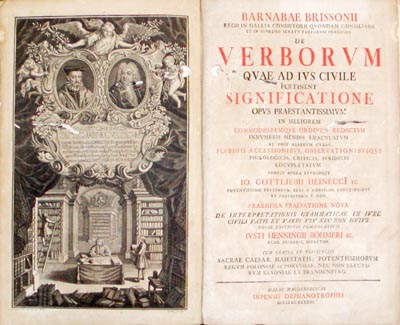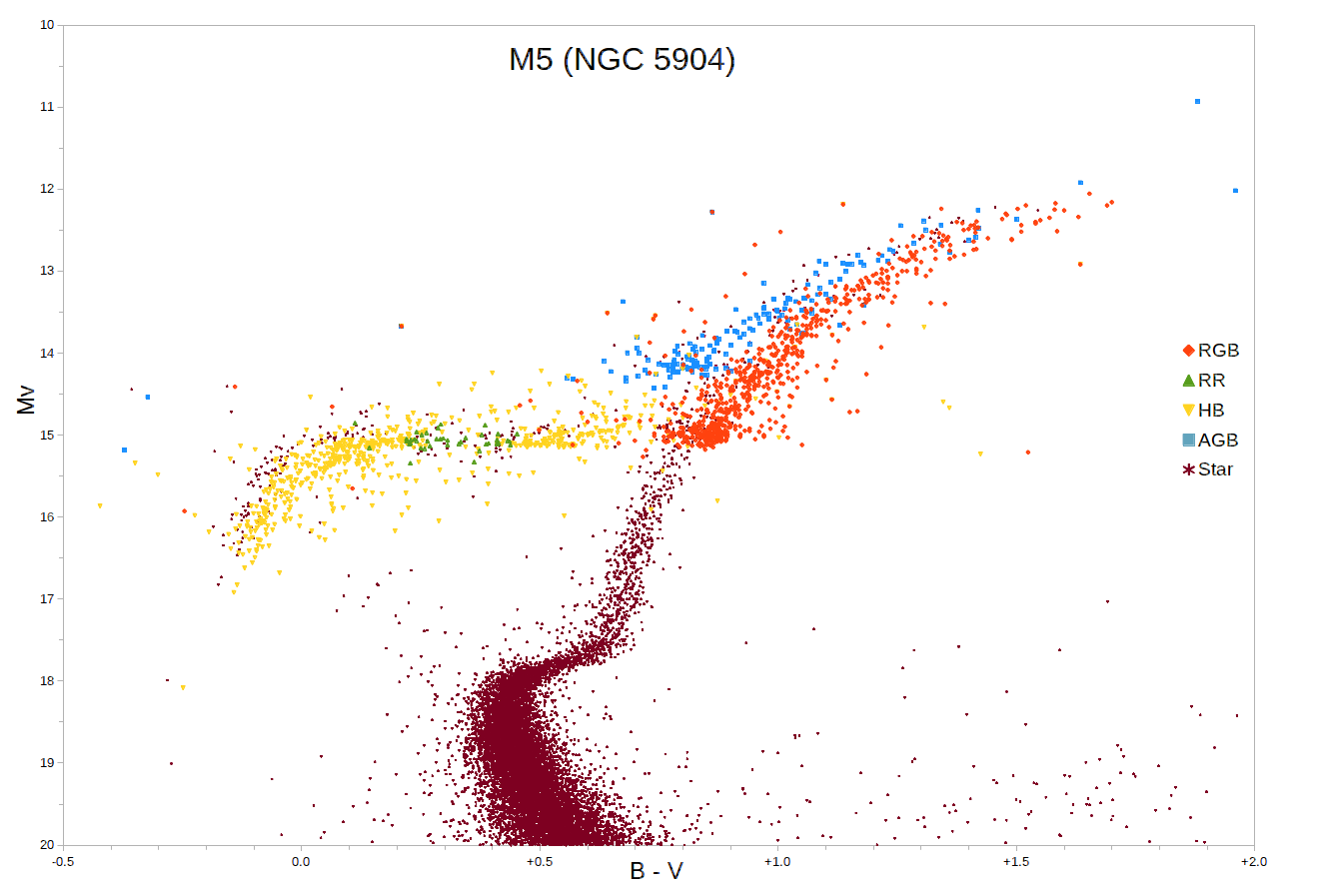|
Îą Herculis
Alpha Herculis (Îą Herculis, abbreviated Alpha Her, Îą Her), also designated Rasalgethi and 64 Herculis, is a Star system, multiple star system in the constellation of Hercules (constellation), Hercules. Appearing as a single point of light to the naked eye, it is resolvable into a number of components through a telescope. It has a combined apparent magnitude of 3.08, although the brightest component is variable in brightness. Based on stellar parallax, parallax measurements obtained during the Hipparcos mission, it is approximately 360 light-years (110 parsecs) distant from the Sun. It is also close to another bright star Alpha Ophiuchi, Rasalhague in the vicinity. System Alpha Herculis is a triple star system. The primary (brightest) of the three stars, designated Îą1 Herculis or Îą Herculis A, is a pulsating variable star on the asymptotic giant branch (AGB). The primary star forms a visual binary pair with a second star, which is itself a spectroscopic binary ... [...More Info...] [...Related Items...] OR: [Wikipedia] [Google] [Baidu] |
Hercules (constellation)
Hercules is a constellation named after Hercules, the Roman mythology hero adapted from the Greek mythology, Greek hero Heracles. Hercules was one of the 48 constellations listed by the second-century astronomer Ptolemy, and it remains one of the IAU designated constellations, 88 modern constellations today. It is the fifth-largest of the modern constellations and is the largest of List of brightest stars, the 50 which have no stars brighter than apparent Magnitude (astronomy), magnitude +2.5. Characteristics Hercules is bordered by Draco (constellation), Draco to the north; BoÃķtes, Corona Borealis, and Serpens, Serpens Caput to the west; Ophiuchus to the south; Aquila (constellation), Aquila to the southwest; and Sagitta, Vulpecula, and Lyra to the east. Covering 1225.1 square degrees and 2.970% of the night sky, it ranks fifth among the 88 constellations in size. The three-letter abbreviation for the constellation, as adopted by the International Astronomical Union in 192 ... [...More Info...] [...Related Items...] OR: [Wikipedia] [Google] [Baidu] |
Hipparcos
''Hipparcos'' was a scientific satellite of the European Space Agency (ESA), launched in 1989 and operated until 1993. It was the first space experiment devoted to precision astrometry, the accurate measurement of the positions and distances of celestial objects on the sky. This permitted the first high-precision measurements of the intrinsic brightnesses, proper motions, and parallaxes of stars, enabling better calculations of their distance and tangential velocity. When combined with radial velocity measurements from spectroscopy, astrophysicists were able to finally measure all six quantities needed to determine the motion of stars. The resulting ''Hipparcos Catalogue'', a high-precision catalogue of more than 118,200 stars, was published in 1997. The lower-precision ''Tycho Catalogue'' of more than a million stars was published at the same time, while the enhanced Tycho-2 Catalogue of 2.5 million stars was published in 2000. ''Hipparcos'' follow-up mission, '' Gaia'', was ... [...More Info...] [...Related Items...] OR: [Wikipedia] [Google] [Baidu] |
Pinyin
Hanyu Pinyin, or simply pinyin, officially the Chinese Phonetic Alphabet, is the most common romanization system for Standard Chinese. ''Hanyu'' () literally means 'Han Chinese, Han language'âthat is, the Chinese languageâwhile ''pinyin'' literally means 'spelled sounds'. Pinyin is the official romanization system used in China, Singapore, Taiwan, and by the United Nations. Its use has become common when transliterating Standard Chinese mostly regardless of region, though it is less ubiquitous in Taiwan. It is used to teach Standard Chinese, normally written with Chinese characters, to students in mainland China and Singapore. Pinyin is also used by various Chinese input method, input methods on computers and to lexicographic ordering, categorize entries in some Chinese dictionaries. In pinyin, each Chinese syllable is spelled in terms of an optional initial (linguistics), initial and a final (linguistics), final, each of which is represented by one or more letters. Initi ... [...More Info...] [...Related Items...] OR: [Wikipedia] [Google] [Baidu] |
Chinese Astronomy
Astronomy in China has a long history stretching from the Shang dynasty, being refined over a period of more than 3,000 years. The Ancient China, ancient Chinese people have identified stars from 1300 BCE, as Chinese star names later categorized in the twenty-eight mansions have been found on oracle bones unearthed at Anyang, dating back to the mid-Shang dynasty. The core of the "mansion" (åŪŋ ''xiÃđ'') system also took shape around this period, by the time of King Wu Ding (1250â1192 BCE). Detailed records of astronomical observations began during the Warring States period (fourth century BCE). They flourished during the Han period (202 BCE â 220 CE) and subsequent dynasties with the publication of star catalogues. Chinese astronomy was equatorial, centered on close observation of circumpolar stars, and was based on different principles from those in traditional Western astronomy, where heliacal risings and settings of zodiac constellations formed the basic ecliptic framew ... [...More Info...] [...Related Items...] OR: [Wikipedia] [Google] [Baidu] |
Latin
Latin ( or ) is a classical language belonging to the Italic languages, Italic branch of the Indo-European languages. Latin was originally spoken by the Latins (Italic tribe), Latins in Latium (now known as Lazio), the lower Tiber area around Rome, Italy. Through the expansion of the Roman Republic, it became the dominant language in the Italian Peninsula and subsequently throughout the Roman Empire. It has greatly influenced many languages, Latin influence in English, including English, having contributed List of Latin words with English derivatives, many words to the English lexicon, particularly after the Christianity in Anglo-Saxon England, Christianization of the Anglo-Saxons and the Norman Conquest. Latin Root (linguistics), roots appear frequently in the technical vocabulary used by fields such as theology, List of Latin and Greek words commonly used in systematic names, the sciences, List of medical roots, suffixes and prefixes, medicine, and List of Latin legal terms ... [...More Info...] [...Related Items...] OR: [Wikipedia] [Google] [Baidu] |
Al Achsasi Al Mouakket
MuáļĨammad al Achsasi al Mouakket () was a 17th century Egyptian astronomer whose and catalogue of stars, ("''Pearls of brilliance upon the solar operations''"), was written in Cairo in about 1650. Al-Achsasi was a shaykh, a learned elder, of the Grand Mosque of the university of Cairo, where his name reflected his position in regulating the times and hours at the mosque. connects him in origin to a village in the Faiyum, southwest of Cairo. No copies of al-Achsasi's book were known to Western astronomers or historians of science until 1895, when the incomplete manuscript was obtained by the amateur English astronomer Edward Ball Knobel; thus al-Achsasi did not appear in the standard French and English bibliographies and library catalogues of the 19th century. Knobel announced his discovery of the work in the journal of the Royal Astronomical Society The Royal Astronomical Society (RAS) is a learned society and charitable organisation, charity that encourages and promote ... [...More Info...] [...Related Items...] OR: [Wikipedia] [Google] [Baidu] |
IAU Working Group On Star Names
The International Astronomical Union (IAU) established a Working Group on Star Names (WGSN) in May 2016 to catalog and standardize proper names for stars for the international astronomical community. It operates under Division C â Education, Outreach and Heritage. The IAU states that it is keen to make a distinction between the terms ''name'' and ''designation''. To the IAU, ''name'' refers to the (usually colloquial) term used for a star in everyday conversation, while ''designation'' is solely alphanumerical, and used almost exclusively in official catalogues and for professional astronomy. (The WGSN notes that transliterated Bayer designations (e.g., Tau Ceti) are considered a special historical case and are treated as designations.) Terms of reference The terms of reference for the WGSN for the period 2016â2018 were approved by the IAU Executive Committee at its meeting on 6 May 2016. In summary, these are to: * establish IAU guidelines for the proposal and a ... [...More Info...] [...Related Items...] OR: [Wikipedia] [Google] [Baidu] |
International Astronomical Union
The International Astronomical Union (IAU; , UAI) is an international non-governmental organization (INGO) with the objective of advancing astronomy in all aspects, including promoting astronomical research, outreach, education, and development through global cooperation. It was founded on 28 July 1919 in Brussels, Belgium and is based in Paris, France. The IAU is composed of individual members, who include both professional astronomers and junior scientists, and national members, such as professional associations, national societies, or academic institutions. Individual members are organised into divisions, committees, and working groups centered on particular subdisciplines, subjects, or initiatives. the Union had 85 national members and 12,734 individual members, spanning 90 countries and territories. Among the key activities of the IAU is serving as a forum for scientific conferences. It sponsors nine annual symposia and holds a triannual General Assembly that sets policy ... [...More Info...] [...Related Items...] OR: [Wikipedia] [Google] [Baidu] |
Latinisation Of Names
Latinisation (or Latinization) of names, also known as onomastic Latinisation (or onomastic Latinization), is the practice of rendering a ''non''-Latin name in a Neo-Latin, modern Latin style. It is commonly found with historical proper names, including personal names and toponyms, and in the standard binomial nomenclature of the life sciences. It goes further than romanisation, which is the transliteration of a word to the Latin alphabet from another script (e.g. Cyrillic). For authors writing in Latin, this change allows the name to function grammatically in a sentence through declension. In a scientific context, the main purpose of Latinisation may be to produce a name which is internationally consistent. Latinisation may be carried out by: * transforming the name into Latin sounds (e.g. for ), or * adding Latinate suffixes to the end of a name (e.g. for ''Heinrich Meibom (doctor), Meibom),'' or * translating a name with a specific meaning into Latin (e.g. for Italian ; b ... [...More Info...] [...Related Items...] OR: [Wikipedia] [Google] [Baidu] |
Double Star
In observational astronomy, a double star or visual double is a pair of stars that appear close to each other as viewed from Earth, especially with the aid of optical telescopes. This occurs because the pair either forms a binary star (i.e. a binary system of stars in mutual orbit, gravitationally bound to each other) or is an ''optical double'', a chance line-of-sight alignment of two stars at different distances from the observer. Binary stars are important to stellar astronomers as knowledge of their motions allows direct calculation of stellar mass and other stellar parameters. The only (possible) case of "binary star" whose two components are separately visible to the naked eye is the case of Mizar and Alcor (though actually a multiple-star system), but it is not known for certain whether Mizar and Alcor are gravitationally bound. Since the beginning of the 1780s, both professional and amateur double star observers have telescopically measured the distances and angles be ... [...More Info...] [...Related Items...] OR: [Wikipedia] [Google] [Baidu] |
Asymptotic Giant Branch
The asymptotic giant branch (AGB) is a region of the HertzsprungâRussell diagram populated by evolved cool luminous stars. This is a period of stellar evolution undertaken by all low- to intermediate-mass stars (about 0.5 to 8 solar masses) late in their lives. Observationally, an asymptotic-giant-branch star will appear as a bright red giant with a luminosity ranging up to thousands of times greater than the Sun. Its interior structure is characterized by a central and largely inert core of carbon and oxygen, a shell where helium is undergoing fusion to form carbon (known as helium burning), another shell where hydrogen is undergoing fusion forming helium (known as hydrogen burning), and a very large envelope of material of composition similar to main-sequence stars (except in the case of carbon stars). Stellar evolution When a star exhausts the supply of hydrogen by nuclear fusion processes in its core, the core contracts and its temperature increases, causing the oute ... [...More Info...] [...Related Items...] OR: [Wikipedia] [Google] [Baidu] |
Double Star Alpha Hercules
Double, The Double or Dubble may refer to: Mathematics and computing * Multiplication by 2 * Double precision, a floating-point representation of numbers that is typically 64 bits in length * A double number of the form x+yj, where j^2=+1 * A 2-tuple, or ordered list of two elements, commonly called an ordered pair, denoted (a,b) * Double (manifold), in topology Food and drink * A drink order of two shots of hard liquor in one glass * A "double decker", a hamburger with two patties in a single bun Games * Double, action in games whereby a competitor raises the stakes ** , in contract bridge ** Doubling cube, in backgammon ** Double, doubling a blackjack bet in a favorable situation ** Double, a bet offered by UK bookmakers which combines two selections * Double, villain in the video game ''Mega Man X4'' * A kart racing game '' Mario Kart: Double Dash'' * An arcade action game ''Double Dragon'' Sports * Double (association football), the act of a winning a division and prima ... [...More Info...] [...Related Items...] OR: [Wikipedia] [Google] [Baidu] |









